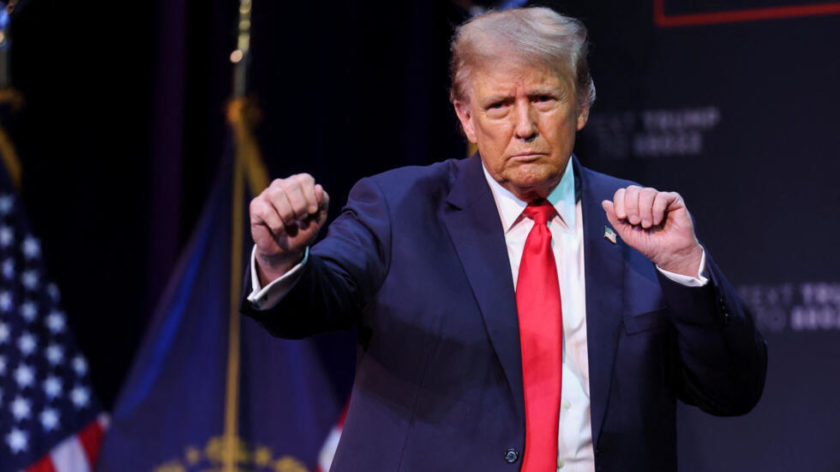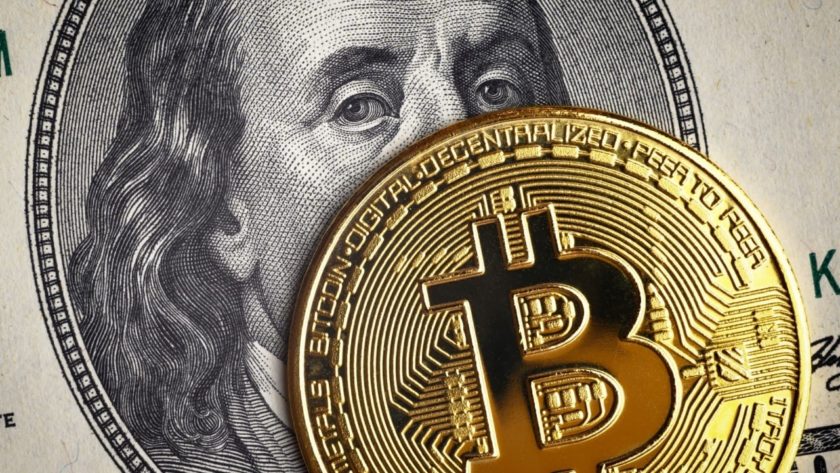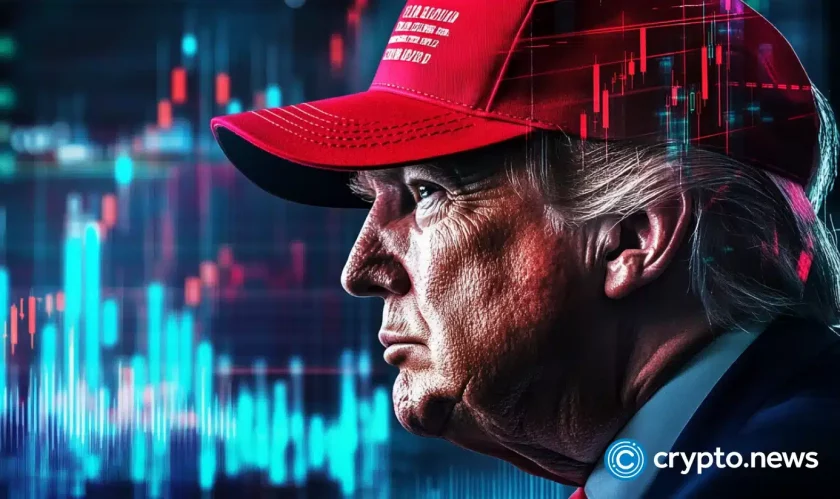- While coronavirus stimulus checks did offer a bump in consumer spending, it was only temporary
- The government will need to keep sending out money if it wants to keep the economy afloat
- The stimulus money could be taking away the incentive for some Americans to return to work
U.S. lawmakers are locked in a debate over whether or not to send out another round of coronavirus stimulus checks.
There’s no question that many families will suffer without another round of coronavirus stimulus spending. Coronavirus unemployment benefits are due to end in July, which will leave many struggling to keep up with their bills.
Job losses in several industries, from airlines to hospitality, could be permanent which means a huge percentage of U.S. consumers will be tightening the purse strings.
Coronavirus Stimulus Checks do Little to Reignite Spending
The question lawmakers are wrestling with is whether or not the stimulus they’re offering is making its way back into the economy. Some, like Republican Senator Pat Toomey, want to know whether the money is spurring on spending as it’s intended to.
Before we rush out and do another spending bill, we should actually let some of this stuff go to work
Data so far shows it may not be— at least not yet. A study by Investment Yodlee showed that those making between $35,000 and $150,000 per year put roughly two-thirds of their coronavirus stimulus money into savings.
According to Scott Baker, an associate professor of finance at Northwestern University, the reason for that could be uncertainty. People don’t know if they’ll have a job 6 months from now and they can’t depend on more government checks, so they’re being cautious.
I think a lot of people, to the extent that they can, are trying to hoard cash basically because they’re just a bit uncertain about what’s going to be happening in the near and distant future
What’s more, while the checks pumped up consumer spending for just a week after they were delivered. After a week or two, most households had spent roughly half of their stimulus check. The week-long temporary spending binge won’t be enough to keep the U.S. economy afloat.
Consumers Fall Behind on Loan Payments
On top of the government’s stimulus checks, consumers have also taken advantage of relaxed borrowing terms over the past month. Data from TransUnion showed 15 million Americans entered into a ‘financial hardship’ program with their credit card company. The programs allow users to defer their monthly payments temporarily in order to get through this crisis.
According to the figures, Americans were also deferring their auto loans in record numbers during March, with nearly 3.5% of the loans tracked by TransUnion in a hardship program. Personal loans saw a similar percentage go into default with 3.6% temporarily stopping payments.
The data confirms what most already knew- U.S. households struggled to pay their bills in April when the economy was shut down. But the more worrying issue is that despite more flexible borrowing terms and increased government assistance, U.S. retail sales were still dismal in April.
Data from a variety of sources shows consumer activity has started to pick up— but there’s also a chance that as the U.S. economy reopens, the weakness persists. According to Goldman Sachs, that could be the final nail in the coffin for the U.S. economic recovery.
[Persistant economic weakness] could cause severe scarring effects to workers and businesses that delay the recovery down the road
The Stimulus Trap
It seems the only way lawmakers can keep the economy ticking over is to send out more cash. The first installment had only a minimal impact on consumer spending, but without many U.S. households are at risk of falling apart.
But there are also consequences that go along with additional stimulus payments. For one thing, the government has already dramatically increased its deficit, continuing to do so could require higher taxes down the line— which would draw out economic malaise for even longer. But more importantly, it could reduce Americans’ incentive to get back to work.
Just as unemployment benefits may increase unemployment durations (Meyer, 1990), policies targeting stimulus payments towards households with low levels of liquidity could discourage liquid savings
Some service industries have already said they’ve found it difficult to get workers to return. That’s because in many cases, low-paid employees are better off collecting unemployment. With that in mind, lawmakers will have to find a way to strike a balance between keeping the economy afloat and weaning Americans off of stimulus.
Disclaimer: The opinions expressed in this article do not necessarily reflect the views of CCN.com.
This article was edited by Samburaj Das.




